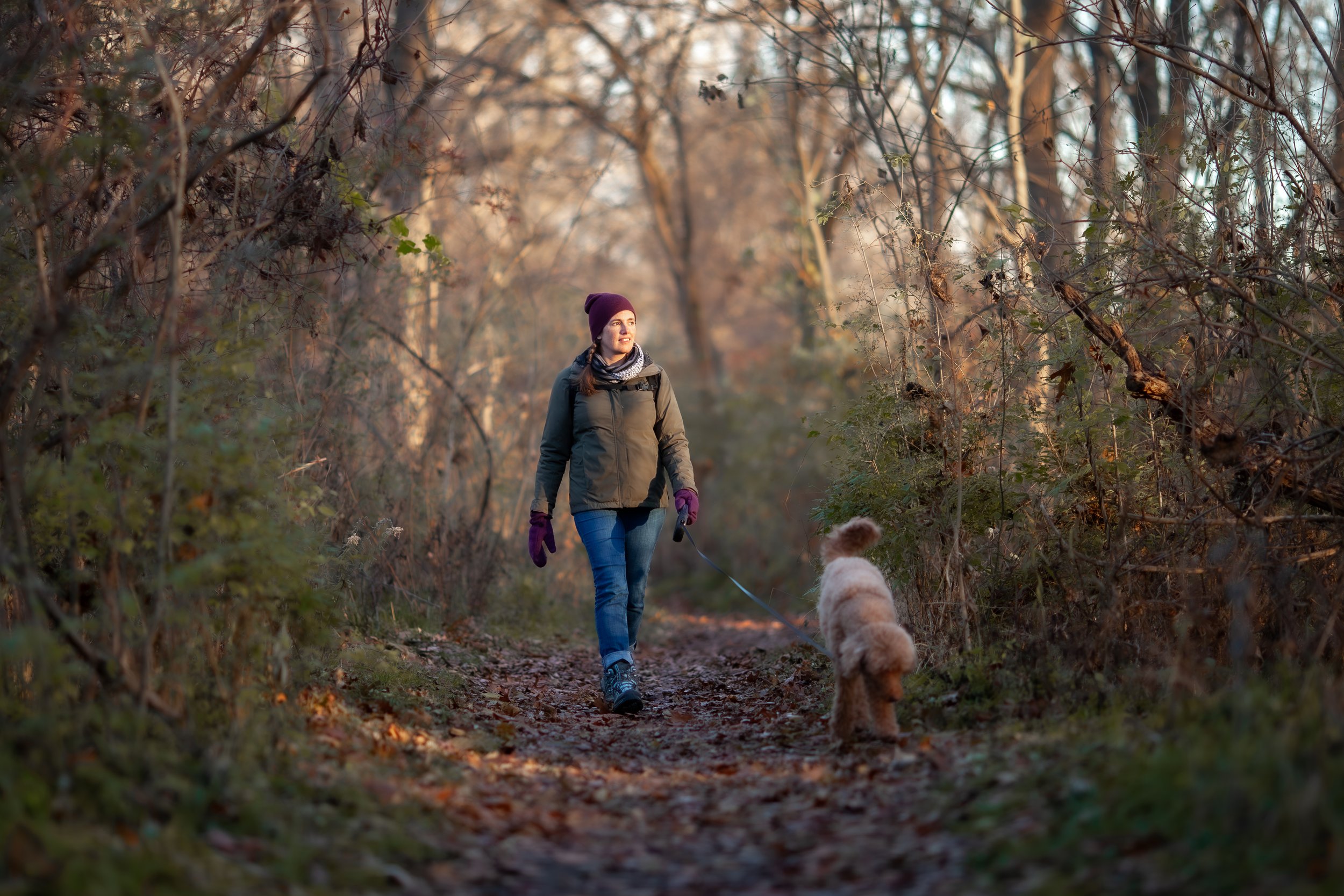Anne Jarvis is a member of the Friends of Ojibway Prairie national urban park committee.
Old growth forest, Windsor’s last natural shoreline on the Detroit River and species found nowhere else in Canada, like a turquoise jumping spider - the riches of the Ojibway Prairie Complex will be protected in the proposed Ojibway National Urban Park.
If, that is, it has the same high standards as every other national park in the country.
There are two routes to this abiding dream.
Windsor West MP Brian Masse’s bill, which amends the Canada National Parks Act to add Ojibway, passed the House of Commons in an almost unanimous vote last April and is in second reading in the Senate.
The other route is Parks Canada. As part of a new program to create 15 parks in cities across the country, it has signed an agreement with Windsor to explore designating one here.
A lot is happening.
Ojibway Shores has been transferred to Parks Canada, and Ojibway Prairie Provincial Nature Reserve is being transferred, too. LaSalle is also offering eight properties.
Parks Canada is testing soil and meeting with local officials. Its signs, with the iconic beaver logo, have been posted on the lands.
The iconic beaver that adorns the Parks Canada logo is pictured on a sign in Ojibway Shores. The parcel is part of the proposed national urban park that sits along the Detroit River. (Photo by Dax Melmer)
The University of Windsor National Urban Park Hub has been announced to study how to create national parks in cities.
Everyone wants this park, but there are advantages and disadvantages to each route. It’s up to us, the lucky stewards of this priceless place, to ensure we get it right.
The first step is enshrining the park in legislation, like the country’s first national urban park, Rouge National Urban Park in Toronto.
The second is to enshrine ecological integrity as the top priority, like it is in every national park. Everything, especially how to manage the park, begins with that, as Janet Sumner, executive director of Wildlands League, told the House environment committee.
The park must also be expanded beyond Ojibway. Seventeen properties are being considered. We need every one. We have fragile remnants. If we want a healthy, functioning ecosystem, we need to collect them and link them together to provide enough space and enable species to move.
An alert cedar waxwing perches on a branch in the Ojibway Prairie Complex. (Photo by Dax Melmer)
And we need resources to help enforce laws that prohibit the destruction of habitat for endangered species and to build wildlife crossings like the one proposed for Ojibway Parkway.
Finally, people here, including the Ojibway, Odawa and Potawatomi of the Three Fires Confederacy, whose traditional territory includes the park, must be able to help shape not only its creation but its management.
Why is all this so crucial?
Ojibway is a speck compared to Banff or Jasper national parks. But like Windsor, it punches above its weight, way above.
With wetland, forest, prairie and savannah, Ojibway hosts an astounding diversity of plants and animals.
The first bioblitz in 2014 identified over 1,120 species of plants and animals, including 12 never recorded in Canada. More than 28 species new to Canada have been found here in the last decade. A tiny red fly first discovered here is fittingly named loxocera ojibwayensis.
Retired city naturalist Paul Pratt still remembers his first trip to Ojibway in 1974.
“I thought I was a well-rounded naturalist,” he said. “There was a sea of flowers, things I’d never seen before. We found three new species in Canada that day. I was just blown away at how different it was. It’s one of the most incredible places in Canada.”
But, with an international trade corridor, busy port and industry, we’re also Canada’s “ecological hotspot,” as Sumner said, where biodiversity loss is at its peak.
A woman and her dog walk along one of the many trails that intersect the Ojibway Prairie Complex. (Photo by Dax Melmer)
Yet the park isn’t only for the flora and fauna. It’s for us. We need it. It will help mitigate the heat and flooding of climate change. And it will be our access to nature, a place of beauty, a balm for our physical and mental health, for our quality of life.
It will also change the perception of Windsor. We’re more than manufacturing. We host the second national urban park in Canada.
And it will be our gift to others, a shining example of sustainability on the front line, as Sumner said, of the environmental crisis.
Windsor fought for - and got - the gold standard in border crossings, the Herb Gray Parkway.
Now we have to fight for the gold standard in national parks, for the park that we - and the land - deserve. Join Friends of Ojibway Prairie to show your support. Contact your MPs and city councillors.
We saved Ojibway Shores when we protested against clear-cutting the land.
Now, we have to fight for the national park that we — and the land — deserve. Join Friends of Ojibway Prairie to show your support. Contact your MPs and city councillors.
Let’s finish this.




